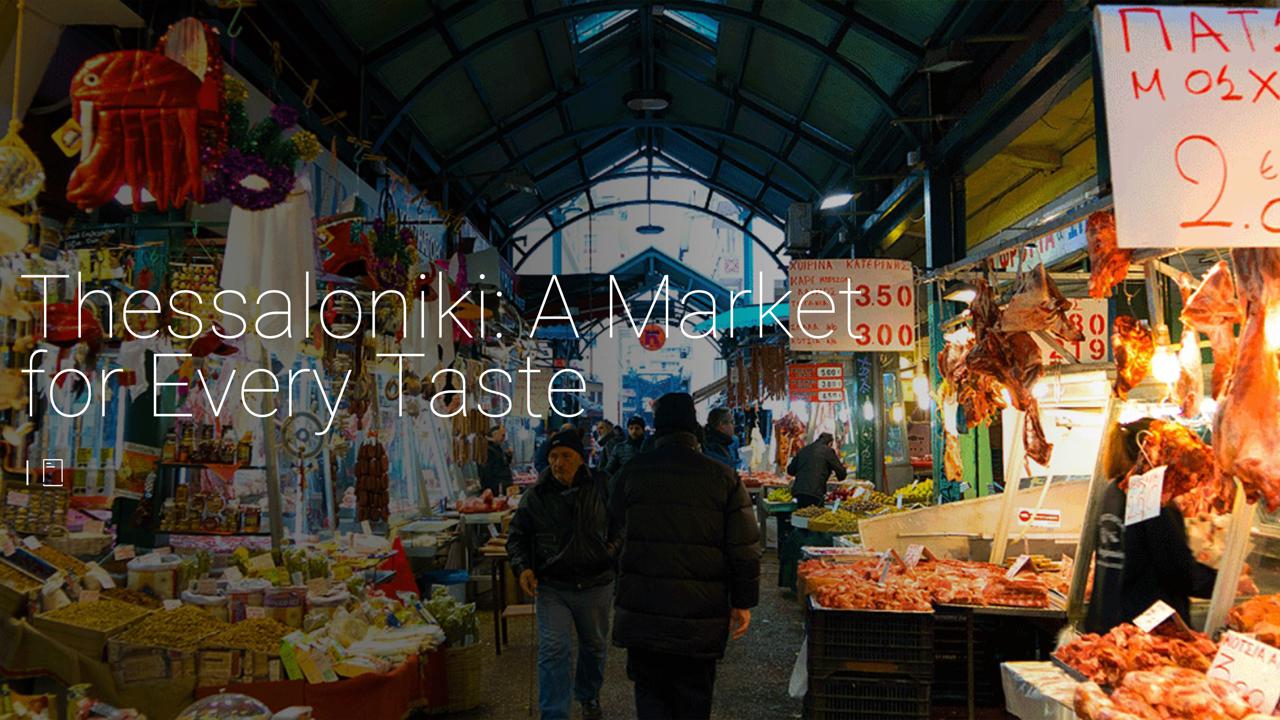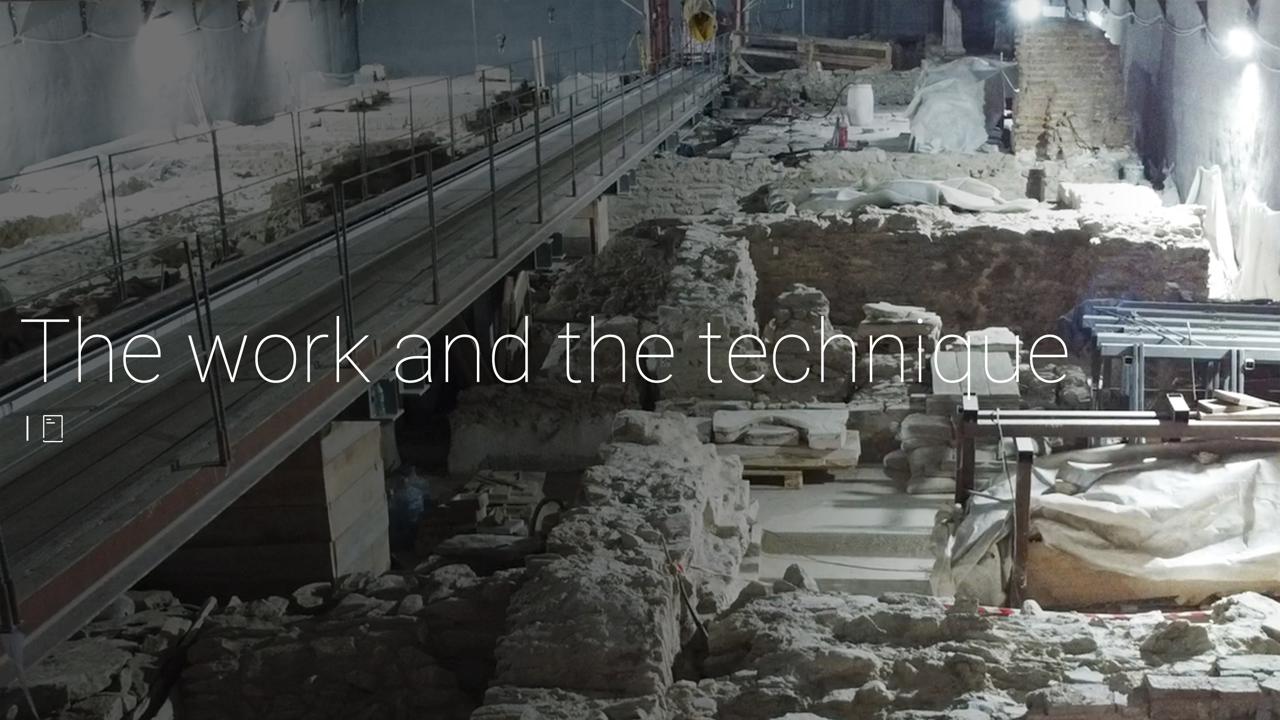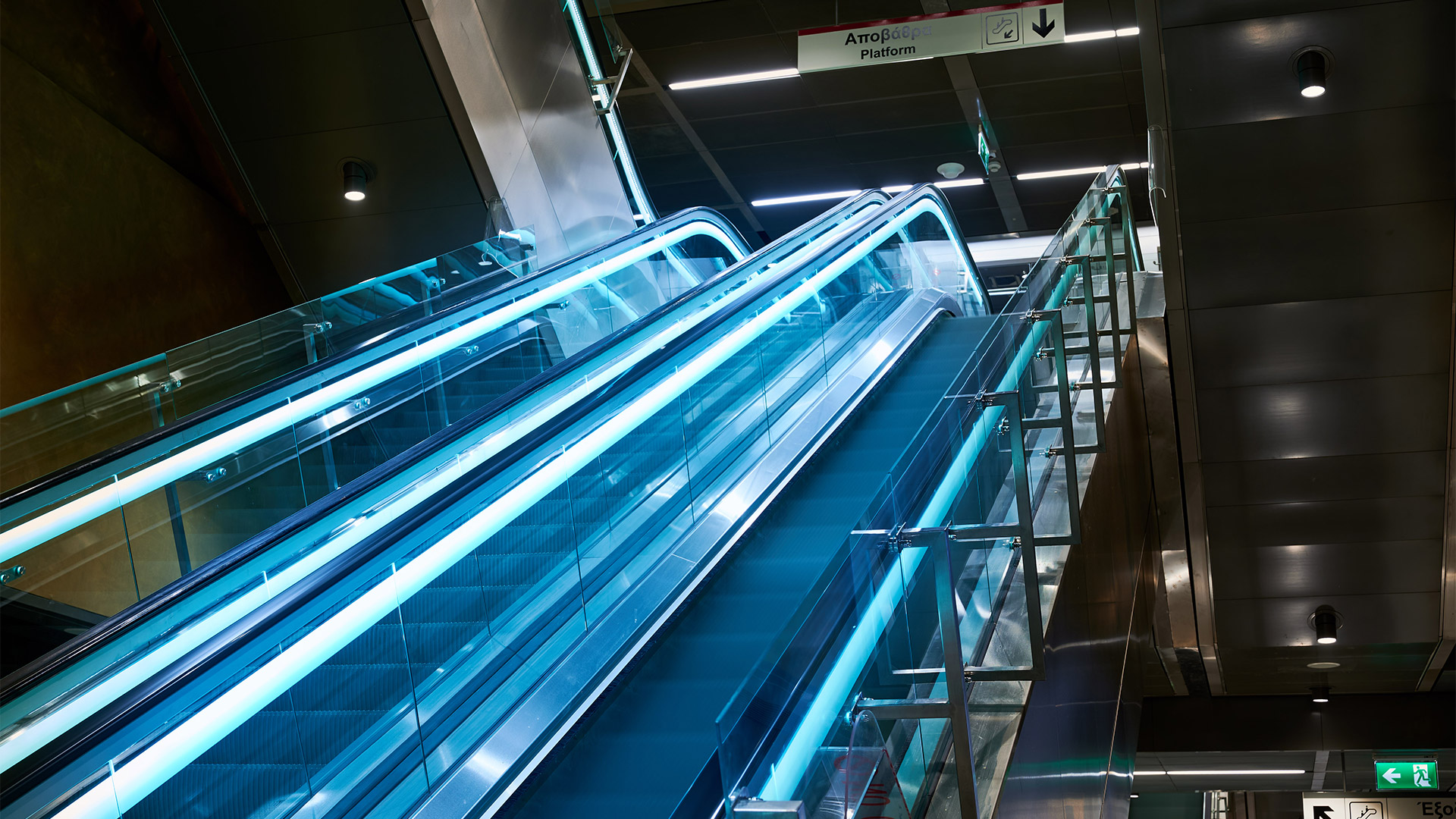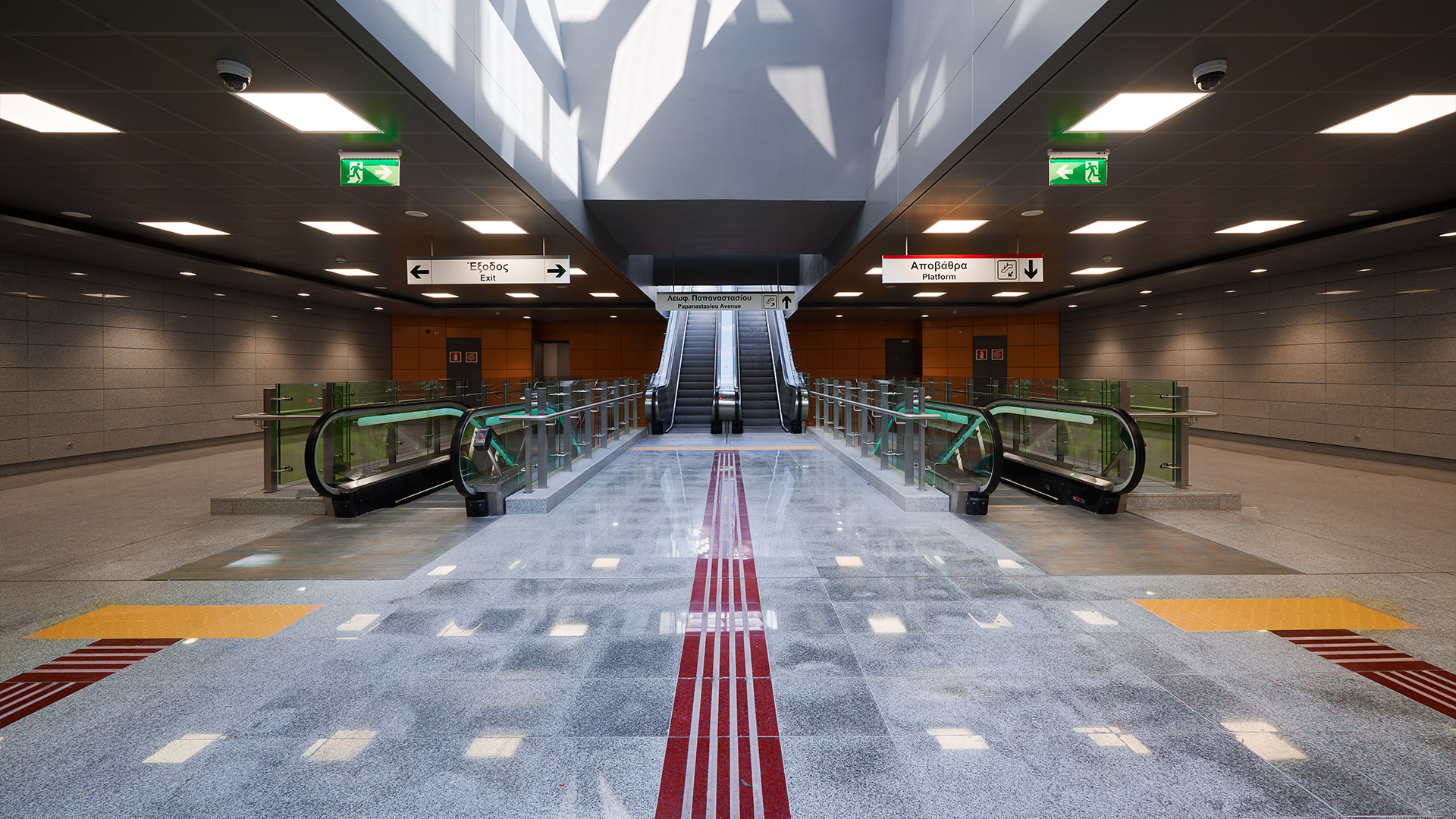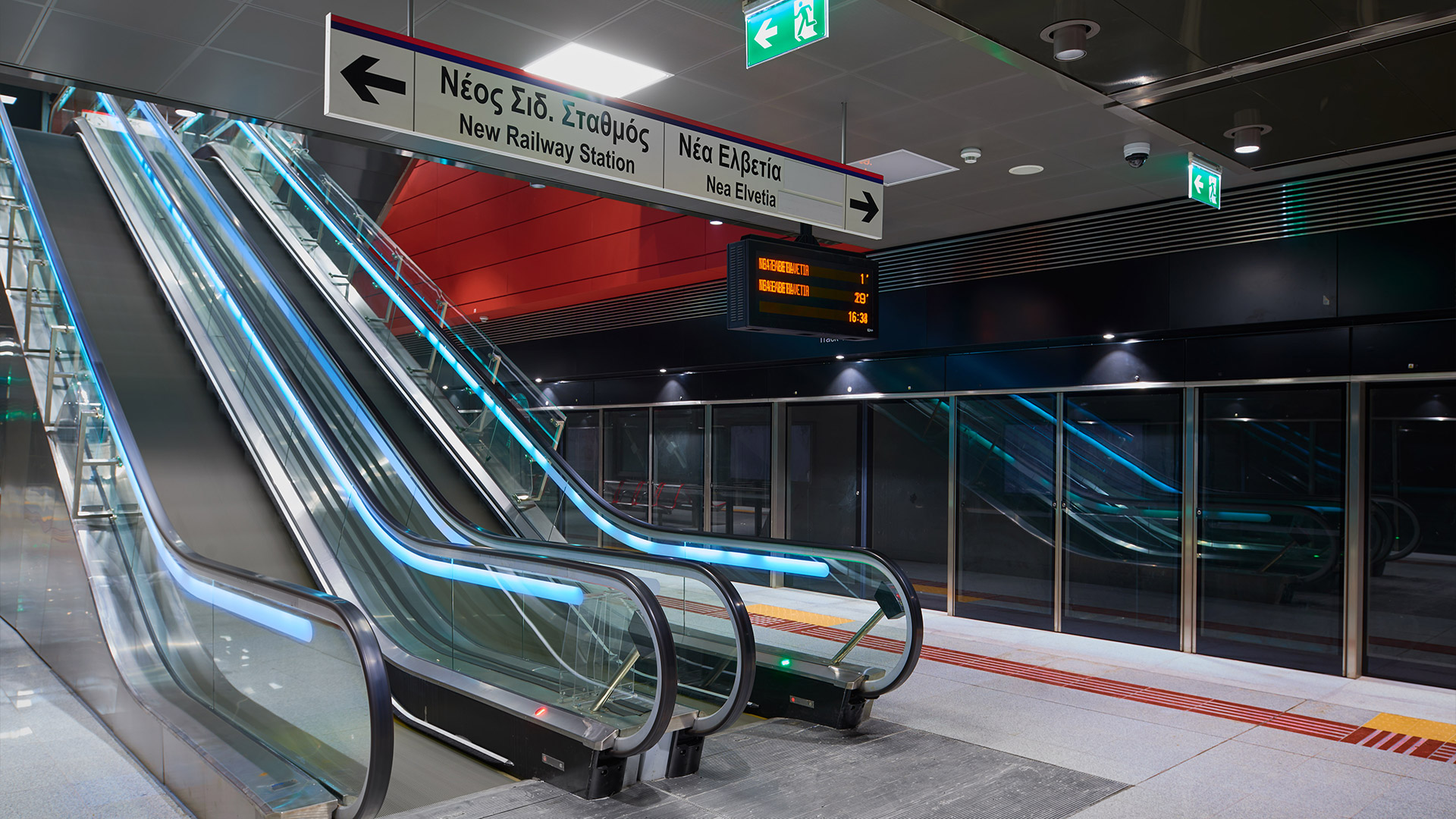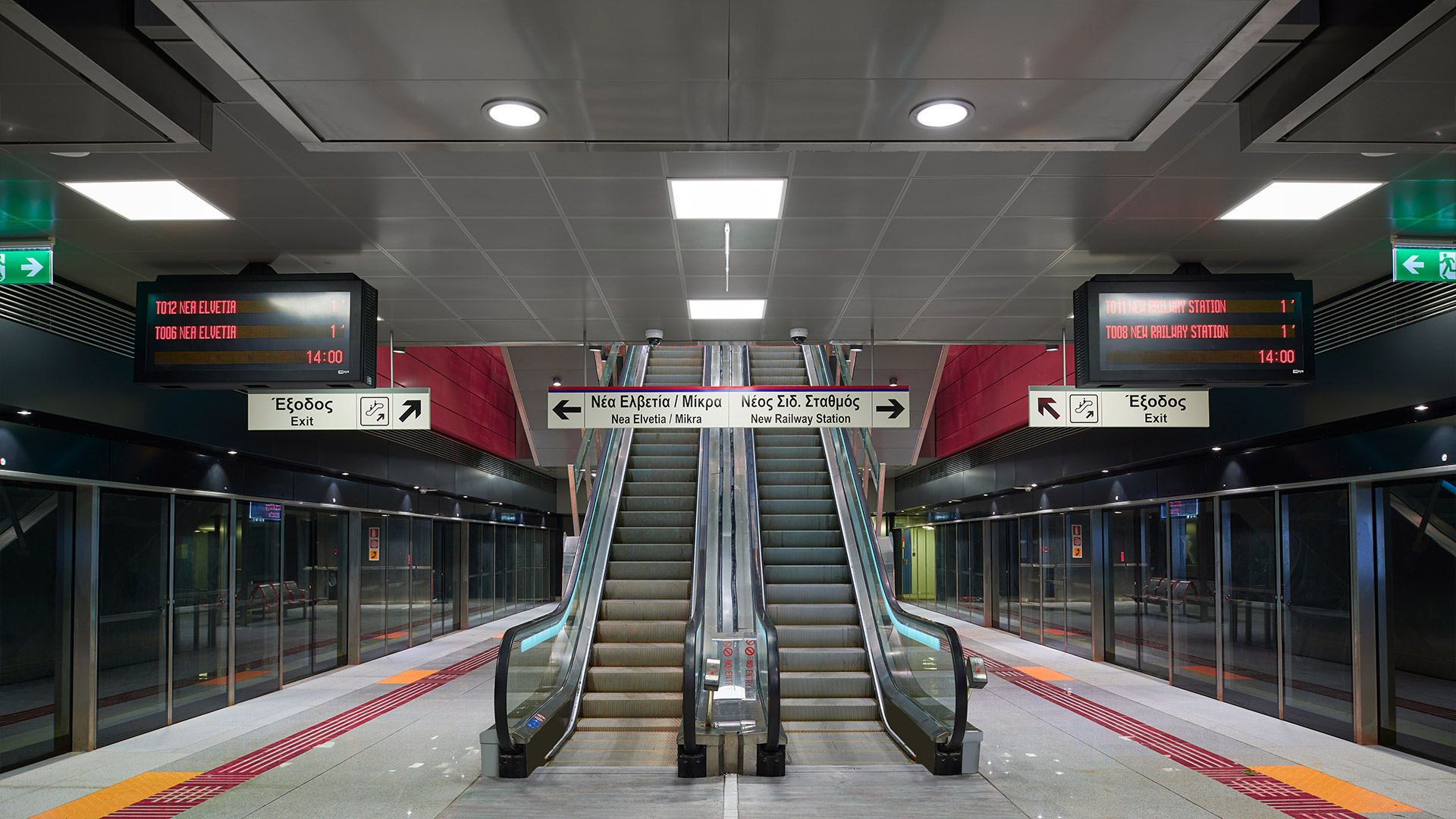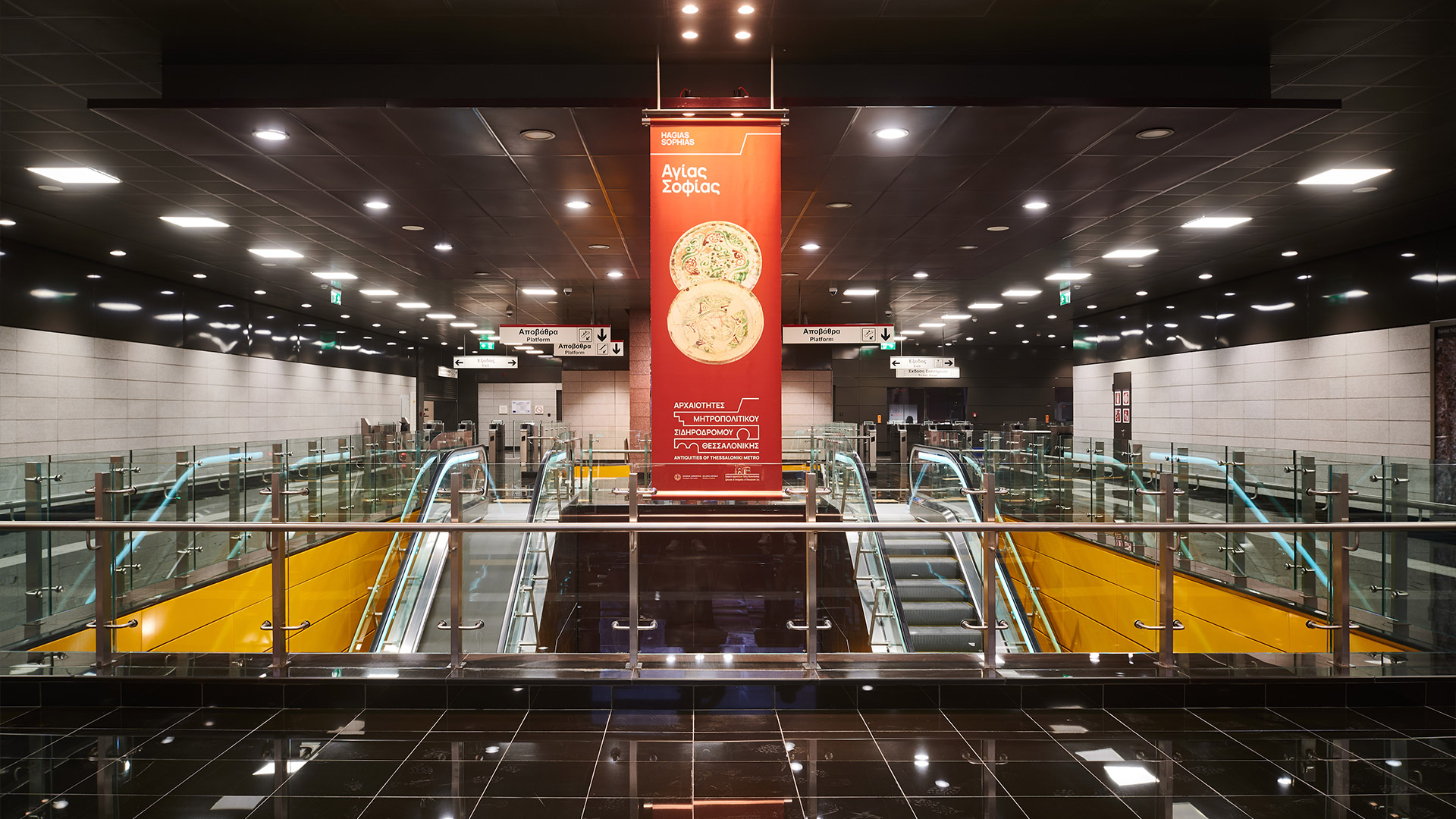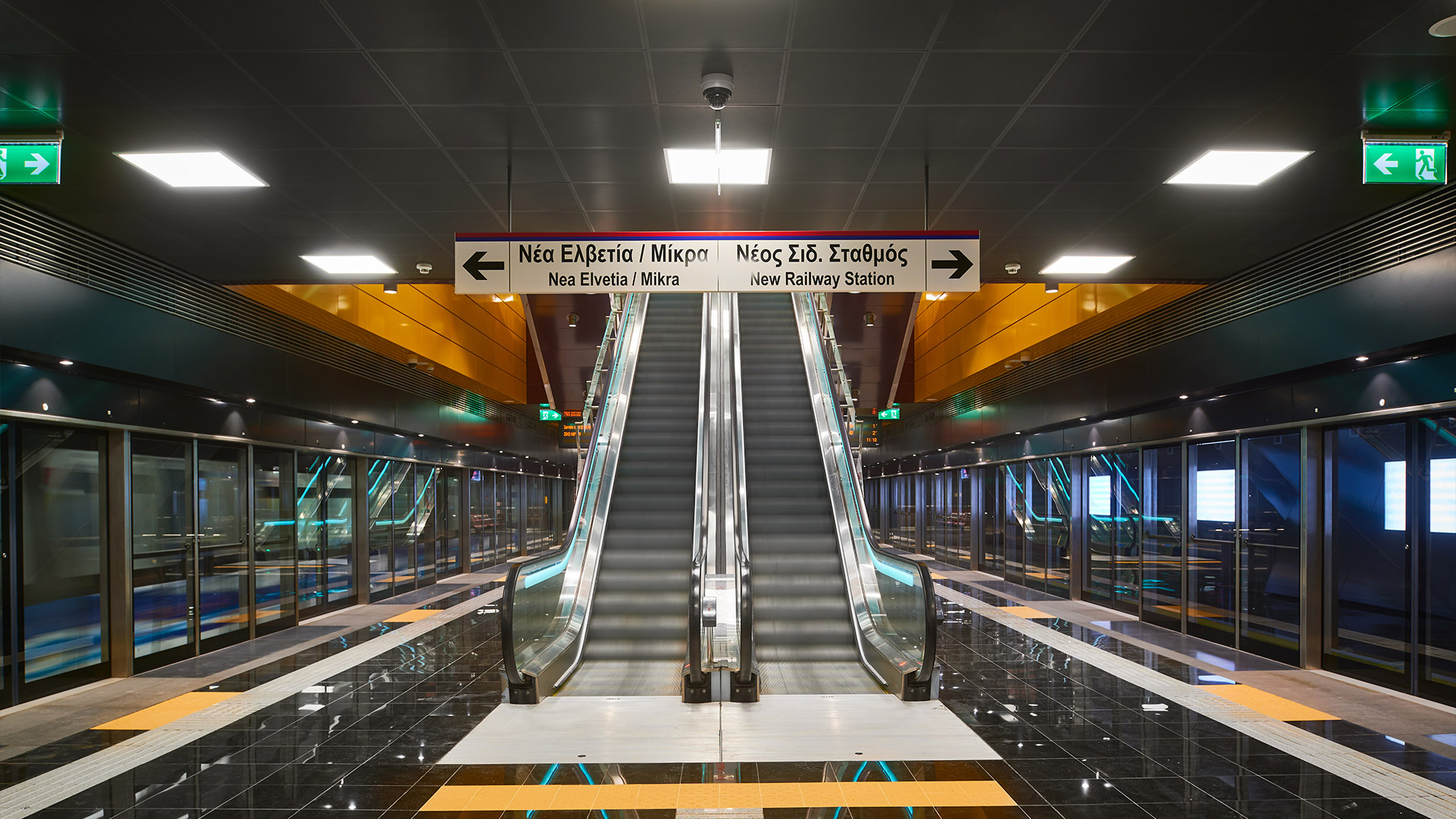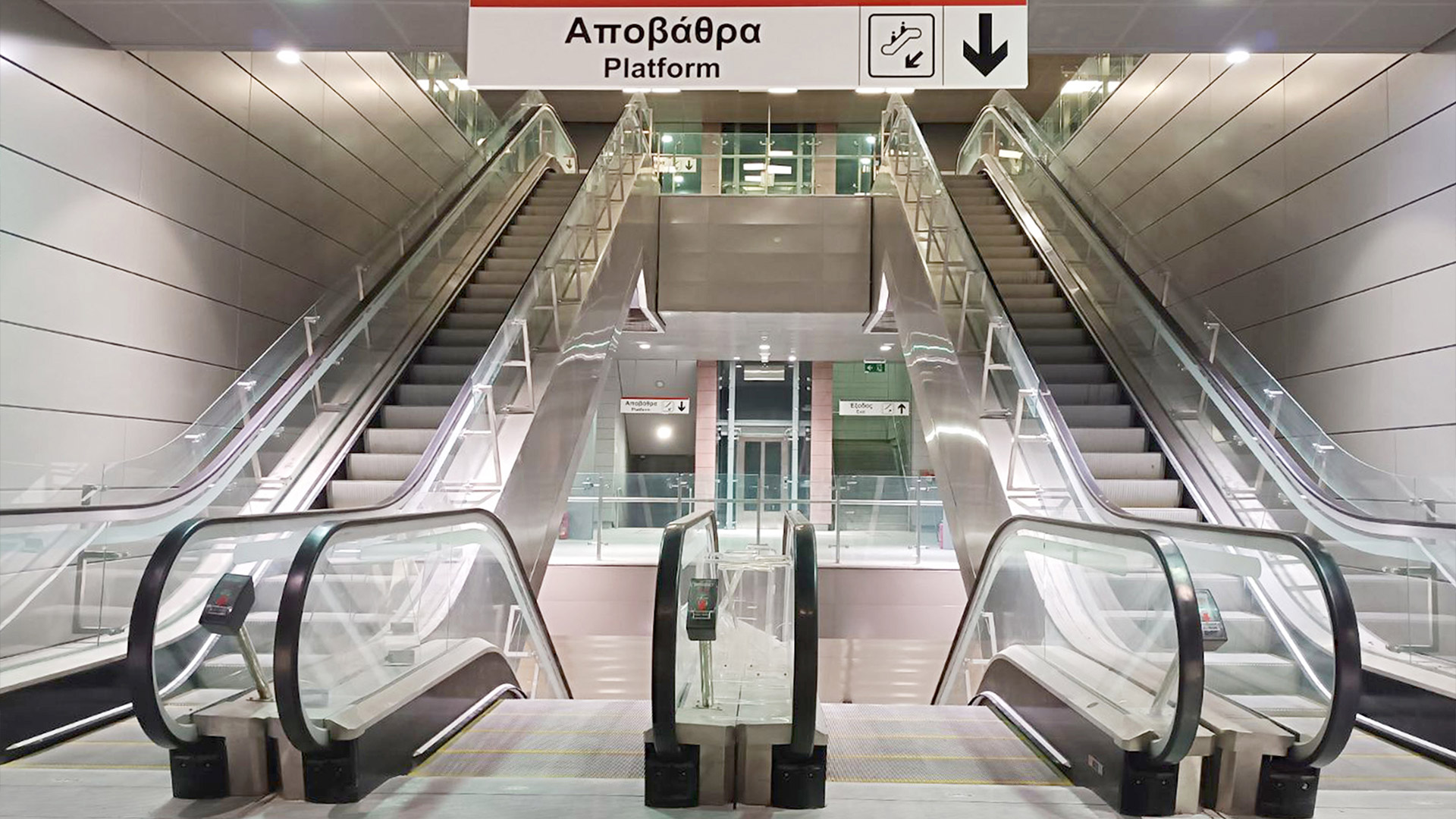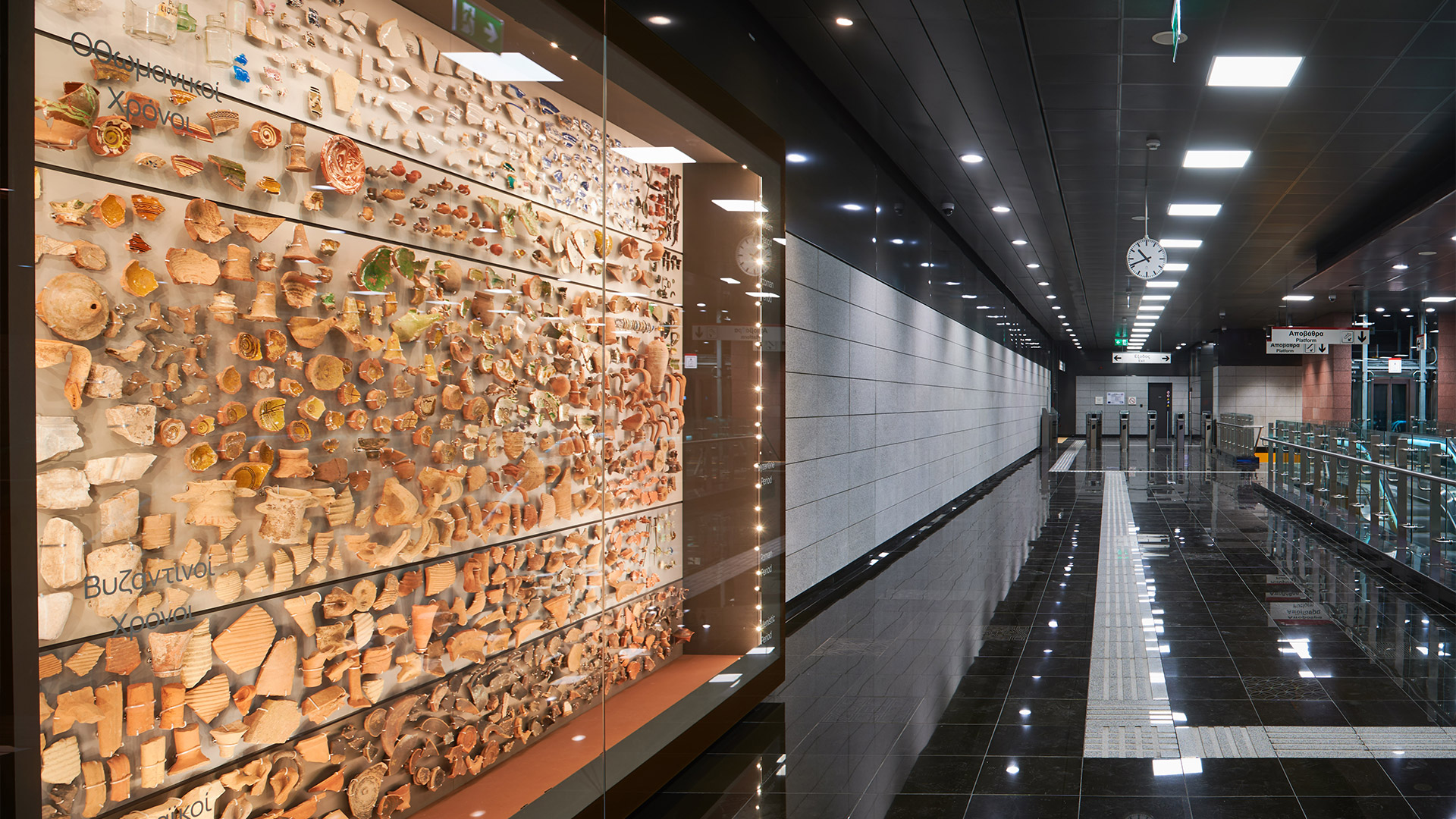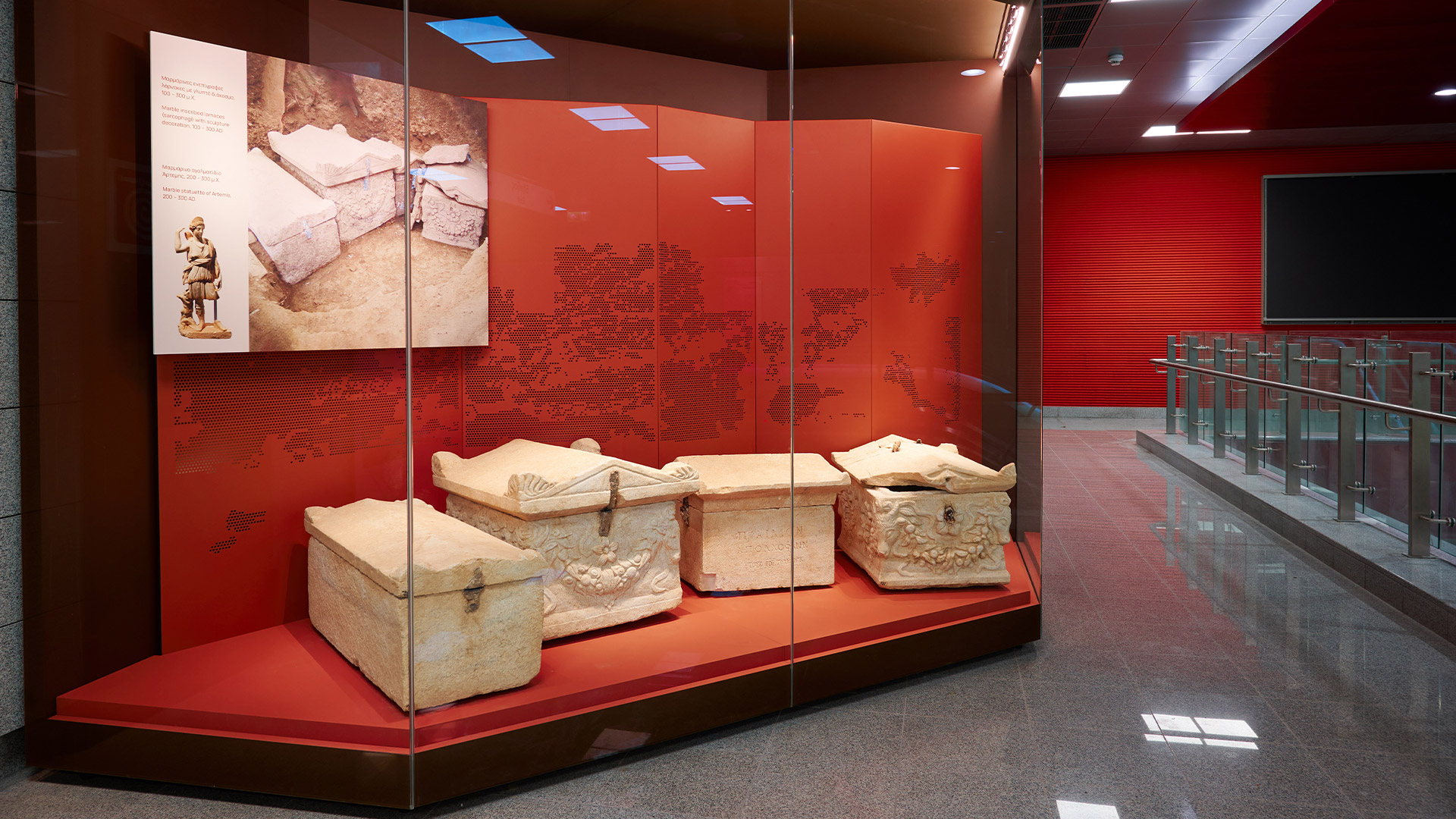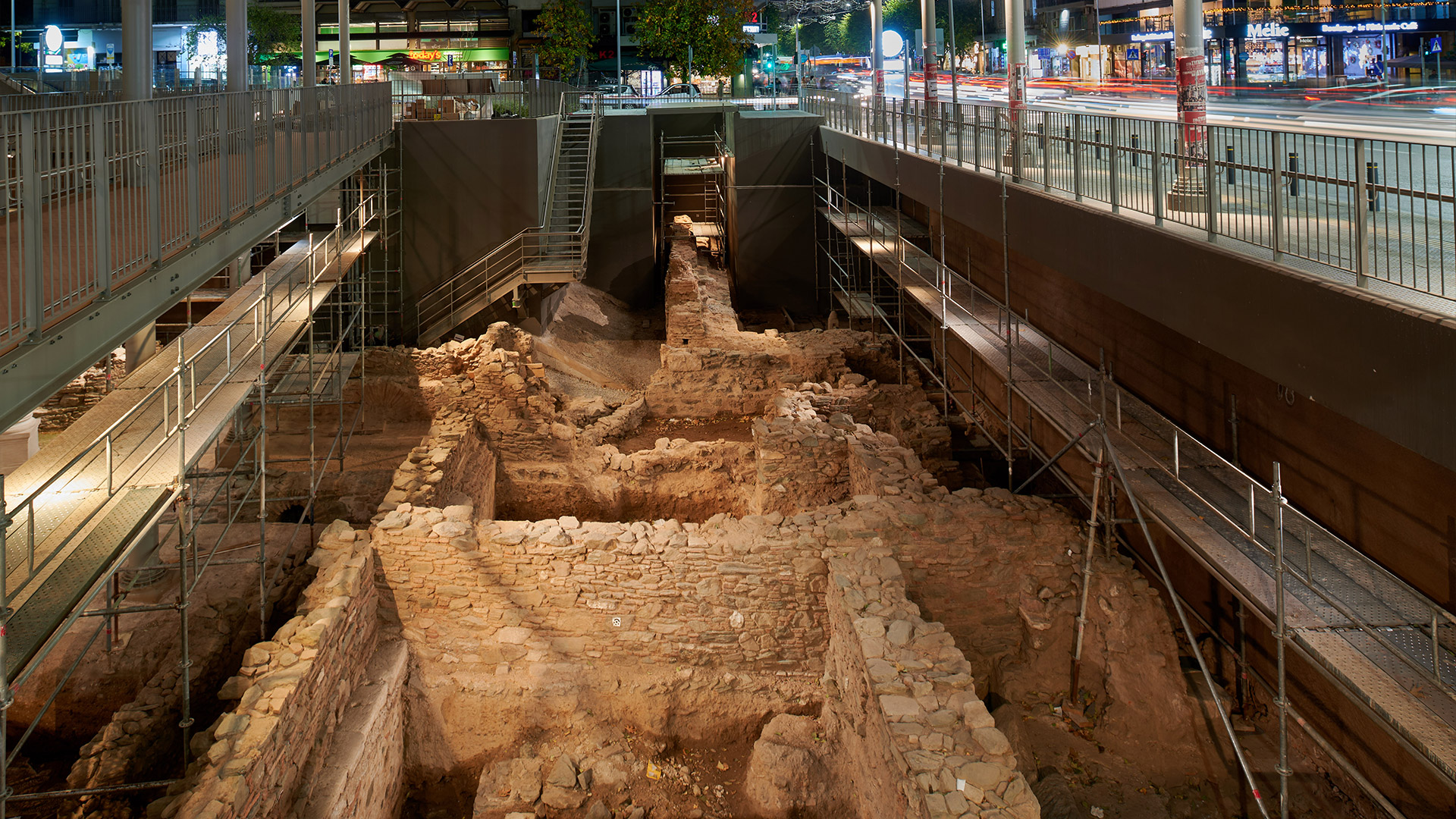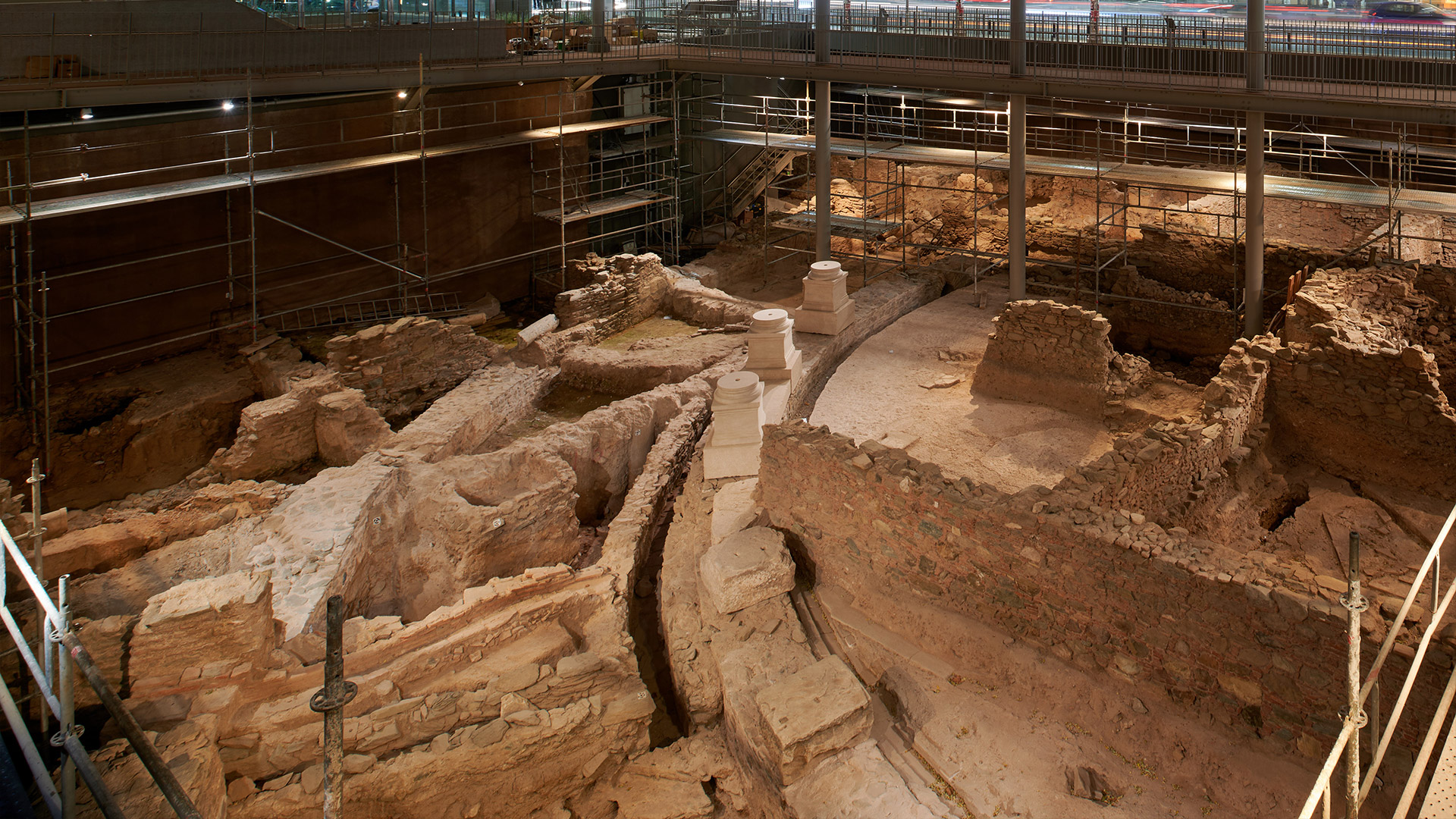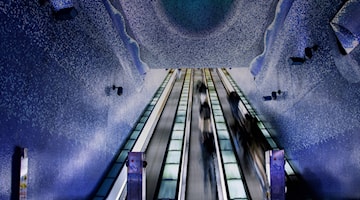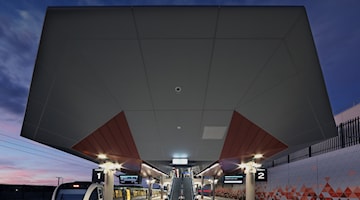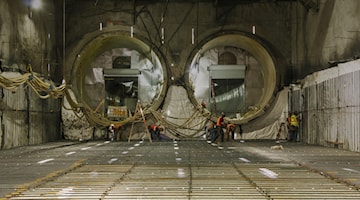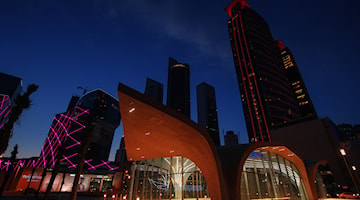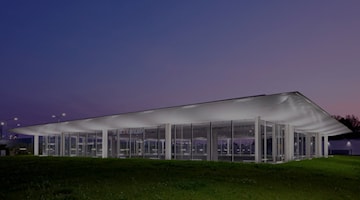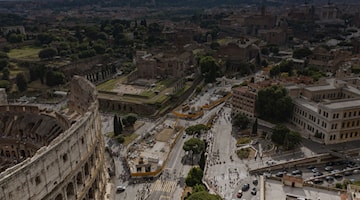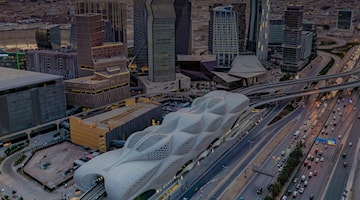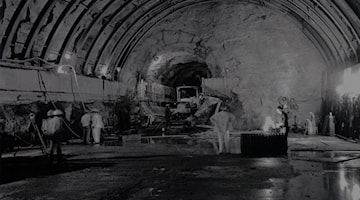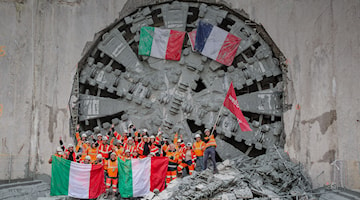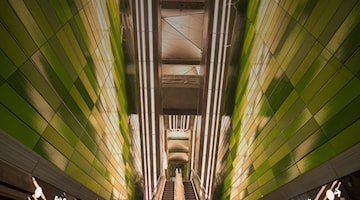Thessalonìki line!
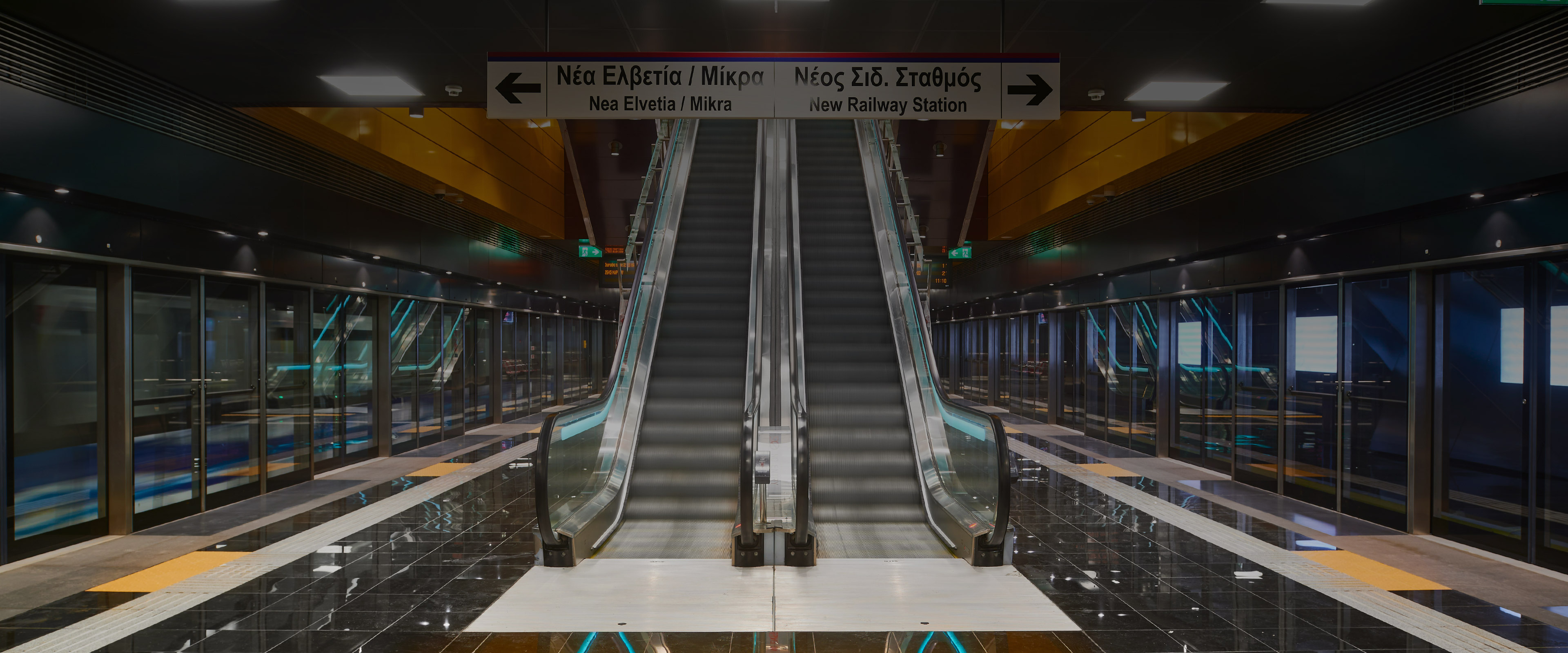
THESSALONIKI METRO SYSTEM, GREECE
Thessaloniki is the second-largest city in Greece and boasts the country’s second-largest port. Founded in 315 BC by Cassander I, king of the Macedonians, it has a complex history (added for grammatical context) as the founding king was also responsible for the murder of Alexander the Great’s wife and children. The city is named after Thessalonica, Cassander’s wife and Alexander the Great's half-sister.
The trading capital of ancient Macedonia, with its unique mix of ancient history and modernity, is now a major university city that will soon boast an ultra-modern metro system. Thessaloniki uniquely blends rich history with modern development. Today, it is a vibrant university city that has implemented a modern metro system, which is expected to significantly reduce traffic and pollution while improving the efficiency of public transport. This enhancement will contribute to a better quality of life for its residents. The metro features a single line with a central stretch of 9.6 km, double-tracked, and includes 13 stations that connect the main road junctions and central areas of the city, like New Railway Station, with 4 crossovers and 1 Depot with Operation Control Centre, Administration Building and railway systems including rolling stock. With driverless trains (operated by an assistant) running every 90 seconds during peak hours, the system can transport up to 18,000 passengers in each direction every hour and 315.000 per day.
.
With an investment of over 1.2 billion euros, this project represents the largest public works initiative in the history of Greece. This project encountered a series of complexities, the most significant of which was the presence of archaeological sites. This issue led to a suspension of work for several years to allow for archaeological excavations conducted by the Greek Ministry of Culture. Spanning an area of 30,000 square meters, it is the largest archaeological excavation in the city. To protect the discovered artefacts, the tunnels were constructed at a depth of 20 meters.
Demokratias station was moved by 10 metres to accommodate archaeological remains, including a wall from the Byzantine era, several buildings from the Christian era, a complex of drainage canals, and a Byzantine market with shops and small artefacts.
Once examinations and registrations are completed, many of these artefacts will be displayed in various museum institutions. The Aghia Sophia station findings displayed within the station museum, and Venizelos station on the other hand, serves as an underground museum itself.

THE WORK AND THE TECHNIQUE
M³ EXCAVATIONS
M³ CONCRETE
TONNES REINFORCING IRON
TONNES PER DAY CO2 EMISSIONS AVOIDED
PER DAY CARS REDUCED ON THE ROAD
18,000 PER HOUR & 315,000 PER DAY PASSENGERS
DEPOT: consist of 2 main building complexes in an area of 49,43sqm using the cut and cover method with a minimum depth of 12m
ELLINIKO METRO SA (Athens, Greece)
Joint venture AIASA: Aktor, Webuild, Hitachi of which JV civil works AIS: Webuild (50%) and Aktor (50%).
The construction and development of the Thessaloniki metro line involves a single line that runs throughout the city. In addition to building 13 modern stations
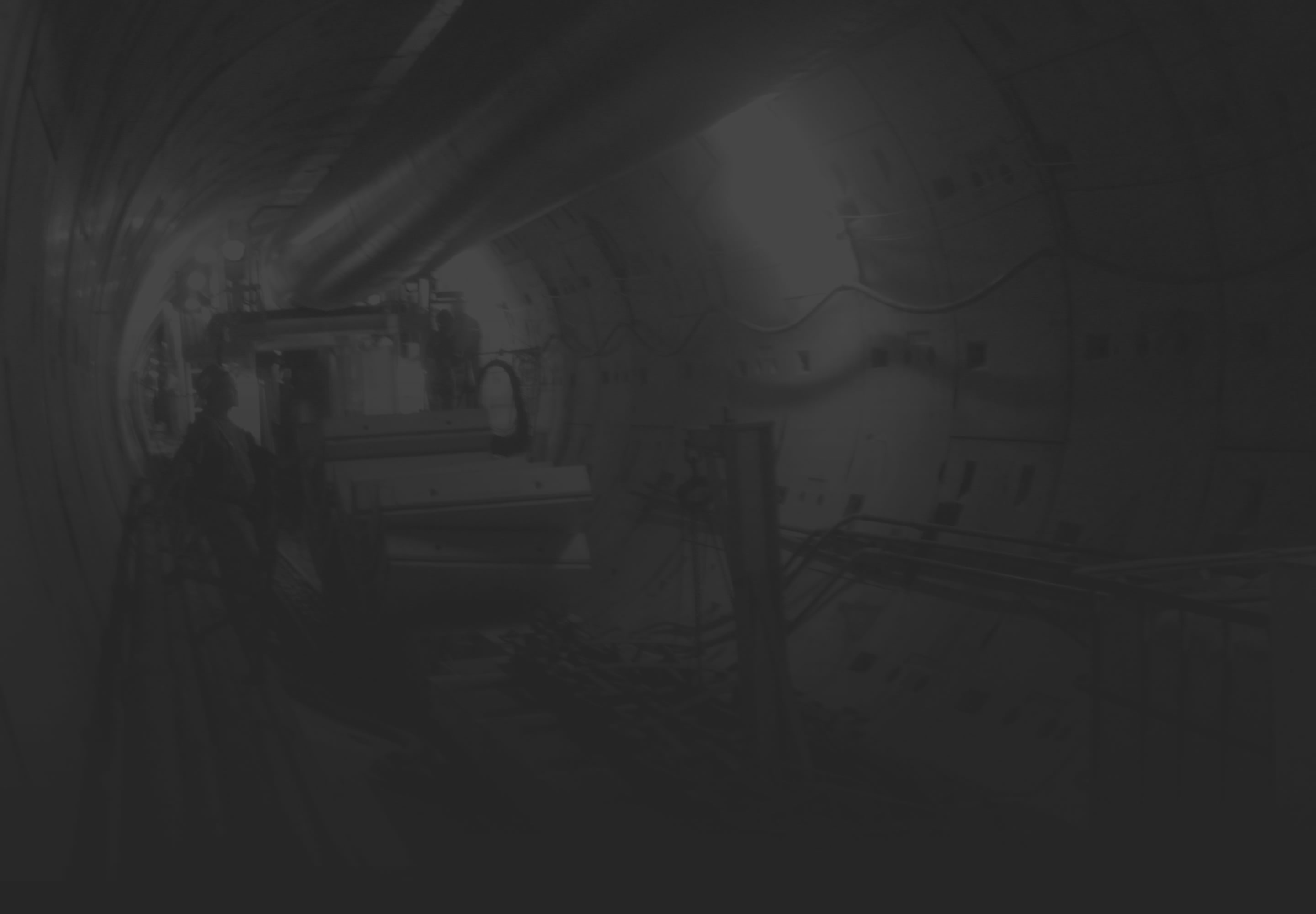
CULTURAL INSIGHTS






